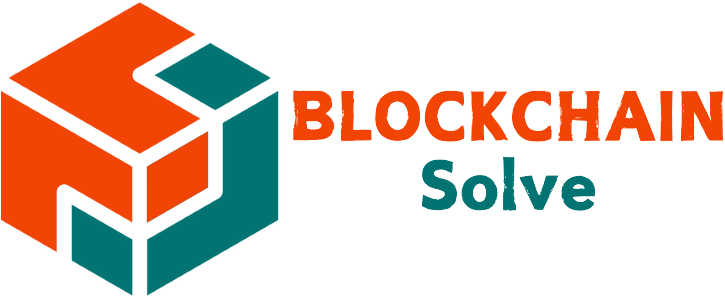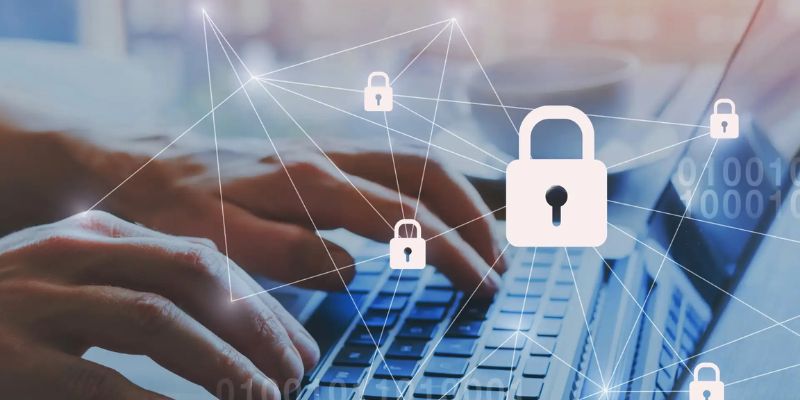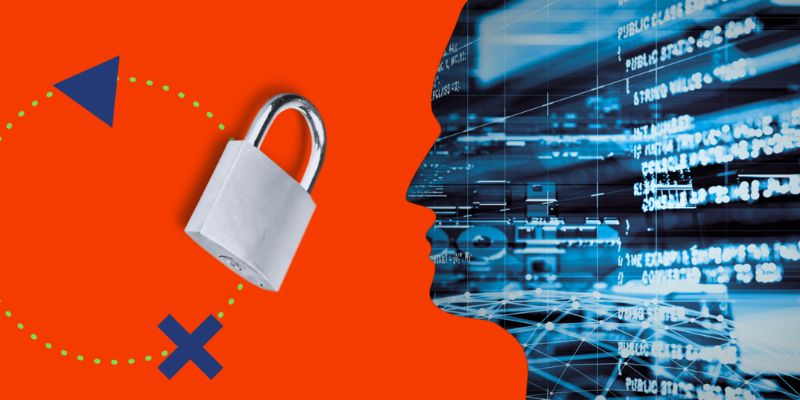Decentralized Learning Platforms: Revolutionizing the Future of Education
Imagine a school system that’s secure, smart, and fits your life like a glove. That’s the future of education with decentralized learning platforms. We’re watching the old walls of classrooms crumble to make way for digital spaces. Kids and grown-ups alike learn with blockchain now, where every lesson and credit is plain to see and can’t be messed with. With education breaking free of the old rules, each student’s journey gets a custom fit. And that’s just the starter! Peeking ahead, we’re diving into a world where learning feels like a game and AI tools shape us for jobs not even invented yet. Here’s the mighty shift where we all connect, teach, and grow together, and I’m on this ride with you. Let’s explore this grand new world where every one of us takes the lead in our own learning adventure.
Embracing Blockchain for Secure and Transparent Education
The Rise of Educational Smart Contracts
Imagine a school where paper is history. Smart contracts make it happen. They are like digital promises that self-execute and keep records safe. With blockchain, these contracts lock in rules for fair play in learning.
Smart contracts can do many things. They help with enrollments, grading, and even handing out diplomas. Everything gets stored on a blockchain. This tech is not just cool; it’s a game-changer.
How do smart contracts improve education? They cut out middlemen. This speeds up many school tasks. For example, a smart contract could release funds for tuition only when a student attends class. It keeps both sides honest. Plus, no more lost papers. Everything stays on the blockchain.
Credential Verification through Distributed Ledger Technology
Trust is a big deal. Blockchain helps schools prove that their credentials are the real thing. This works through something called Distributed Ledger Technology, or DLT.
DLT makes copies of records across many places. Everyone can see these, but no one can mess with them. This means when a student shows a diploma, it’s easy to check if it’s true.
Why bother with this? Well, in the past, someone could fake a diploma. But with DLT, checking credentials is quick and sure. For jobs, this trust is key. Bosses can hire knowing the skills are legit.
Let’s make it simple. A student earns a degree. The school adds this to the blockchain. When a job comes calling, they can check this. Fast and bulletproof checks. That’s DLT in action.
In a world where learning never stops, blockchain catches up. It brings trust back to diplomas and classes. With blockchain, we’re not just talking. We’re building a future where everyone knows the score. Transparent, simple, and secure – that’s the goal. And with blockchain in education, we’re getting there, fast.
The Evolution of E-Learning Platforms
Personalized Learning Experiences with Adaptive Learning Algorithms
Imagine a class where lessons shape to fit you, like a glove. That’s where e-learning is heading, thanks to smart tech called adaptive learning algorithms. These tools watch how you learn. Then, they pick out content just for you. So, if math makes you frown, the algorithm serves up more practice. It makes sure you get the hang of it before moving on. This way, you never feel lost or bored.
Personalized learning helps you master skills at your pace. Got a question? The program figures out what you don’t grasp and offers help. It’s like having a tutor that never gets tired. Every click you make teaches it about you. It uses that info to make your learning smooth and fun.
Scalability of Online Courses and Lifelong Learning Opportunities
Now, think big – really big. Learning isn’t just for kids or a few years. It’s for everyone, for a lifetime. E-learning platforms let us join any course we like, no matter how many of us there are, from anywhere! This is what we call scalability.
These courses grow to let hundreds, even thousands learn together. They don’t just give you facts to remember. They offer chances to grow that never end. With just a few taps, you can learn a new language, dive into science, or explore history. You can even get badges and certificates to show what you know. That’s how lifelong learning happens today.
As we look ahead, we see a world of chances. Learning can be your sidekick through all of life. It doesn’t stop after school. It’s your tool to shine at work and beyond. And as we mix in blockchain, your learning wins become yours to keep, safe and sound. No one can sneer at your hard work. Your effort and smarts stay with you, ready to show the world when you need them.
Down the road, I see a tree of knowledge with deep roots and vast branches. You pick the fruit you crave, from any branch, any time. That’s the power of online learning. It’s big, it keeps going, and it’s all yours.
Emerging EdTech Trends and Their Influence on Education
Gamification and Virtual Reality in Engaging Learning Environments
Let’s dive into fun learning. Imagine turning homework into a game you can’t wait to play. Gamification does this. It makes learning as entertaining as video games. Kids can get rewards, level up, and face new challenges. It hooks them from the start.
How does gamification help? It boosts students’ drive to learn. They want to do better and keep trying, even when it gets tough. Games also offer instant feedback. Mistakes become chances to learn, not just red marks.
Virtual reality (VR) takes this further. Students can explore ancient cities or dive deep into the human body. It’s like traveling through time and space without leaving the room. VR makes hard ideas easier to grasp in a way books can’t.
AI-Driven Innovations and Their Impact on Future Workforce Skills Development
Now, let’s talk robots. Not the scary kind, but smart AI that helps us learn. AI in education isn’t about replacing teachers. It’s here to back them up. AI can point out where a student might need extra help. Or it can suggest a step up if they find the work too easy.
What’s cool about AI? It personalizes learning. No more one-size-fits-all classes. AI can shape lessons to fit each kid’s own pace. It’s like having a smart helper that knows just what you need.
This smart tech also preps kids for tomorrow’s jobs. Many jobs will need tech skills. By using AI, students get comfy with tech early on. They won’t just learn facts but also how to think and solve problems.
Both gamification and AI are parts of big changes in how we learn. They keep kids engaged and ready for a world where tech skills are key. And by making learning fun and tailored, every student gets a chance to shine.
Building Peer-to-Peer Learning Systems and Decentralized Ecosystems
The Role of MOOCs and Decentralization in Democratizing Education
Have you heard folks chat about MOOCs shaking up learning? They make a big splash. These massive open online courses toss the old school book out the window. They let anyone, anywhere learn anything. And they’re free or low cost. That’s a game changer!
By mixing MOOCs with blockchain, we kick it up a notch. We cut out the middle man. Every learner gets a fair shot at top-notch knowledge. No more gatekeeping. That’s the democratization of education. It’s all about power to the people, right? Real talk, this shift could be the best news for learning since the printing press!
Collaborative and Self-Sovereign Learning Models
Next up, imagine a world where you call the shots in your learning. You pick what to study, when, and how. Peer-to-peer systems make this dream true. They ditch the one-size-fits-all deal. Instead, they cheer on personalized learning experiences.
What’s the lowdown on these systems? They link learners direct to each other. You got a skill? Share it! Want to learn something? Just reach out. It’s all about give and take. Better yet, smart tech like AI tracks what you know. It nudges you on what to learn next.
And the best bit? Your creds are yours alone. Blockchain makes sure of that. It lets you flaunt your smarts in a snap, safe and sound. So bosses can trust you’re the real deal, no fibbing. This trust factor? It’s a big win for everyone.
Plus, let’s not forget how it scales. Whether ten learners or ten thousand, these online systems handle it no sweat. This means courses grow with demand, easy-peasy.
Wrapping it up, pals, we’re in a stellar time for learning. Peer-to-peer and blockchain twist up the whole scene. They pump up security and make sure what you learn stays yours. They shake up the way we think about school. And I’m here for it. Let’s rock this learning revolution together!
In this post, we dived into blockchain’s role in making education safer and clearer. We saw how smart contracts and ledger tech make sure degrees are real. We also explored the growth of e-learning, where adaptive algorithms offer tailored lessons and online courses open doors for learning at all ages. Next, we looked at the latest trends in EdTech, like games and VR that make learning fun, as well as AI that prepares us for future jobs. Finally, we talked about MOOCs and decentralization shaping a world where we learn from each other and control our own education.
The future of learning shines bright, with tech taking us to exciting new places. As an expert, I see great things ahead. We are at the start of a big change. Let’s get ready to learn in ways we never thought possible!
Q&A :
How are decentralized learning platforms shaping the future of education?
Decentralized learning platforms are revolutionizing the educational landscape by introducing more flexible, student-centered learning environments. These platforms often utilize blockchain technology to create secure and transparent systems that give stakeholders, such as students and educators, more control over learning materials and records. They are designed to facilitate personalized learning, peer-to-peer interaction, and can offer certifications that are portable and recognized across various institutions.
What benefits do decentralized learning platforms offer over traditional education systems?
The benefits of decentralized learning platforms over traditional systems include increased accessibility to high-quality education resources, lower costs due to reduced infrastructure and administrative expenses, and improved data security for educational records. They also provide more autonomy to learners by allowing them to tailor their educational paths according to their pace and preferences. Furthermore, these platforms can foster a global learning community free from geographical barriers.
Can decentralized learning platforms accommodate different learning styles?
Yes, decentralized learning platforms are adept at accommodating various learning styles due to their inherent flexibility. They often host a diverse range of materials and delivery methods, including interactive modules, video lectures, and discussion forums, which cater to auditory, visual, and kinesthetic learners. Additionally, the self-paced nature of decentralized platforms empowers learners to choose how they engage with the content, creating a personalized learning experience.
Will degrees and certifications from decentralized learning platforms be recognized by employers?
The recognition of degrees and certifications from decentralized learning platforms by employers can vary. However, as these platforms gain traction and credibility, and as employers become more familiar with the quality of education they provide, acceptance is likely to grow. Some decentralized learning platforms partner with accredited institutions to ensure their certifications are officially recognized, enhancing their value in the job market.
How do decentralized learning platforms ensure the quality of content and instruction?
Decentralized learning platforms often rely on community governance and peer review to ensure the quality of their content and instruction. They can employ systems where educators and users rate resources, provide feedback, and contribute to the curriculum. In some instances, experts and institutions collaborate to develop and vet the content for these platforms. Transparency in user reviews and content creation processes also contributes to the maintenance of high educational standards.




